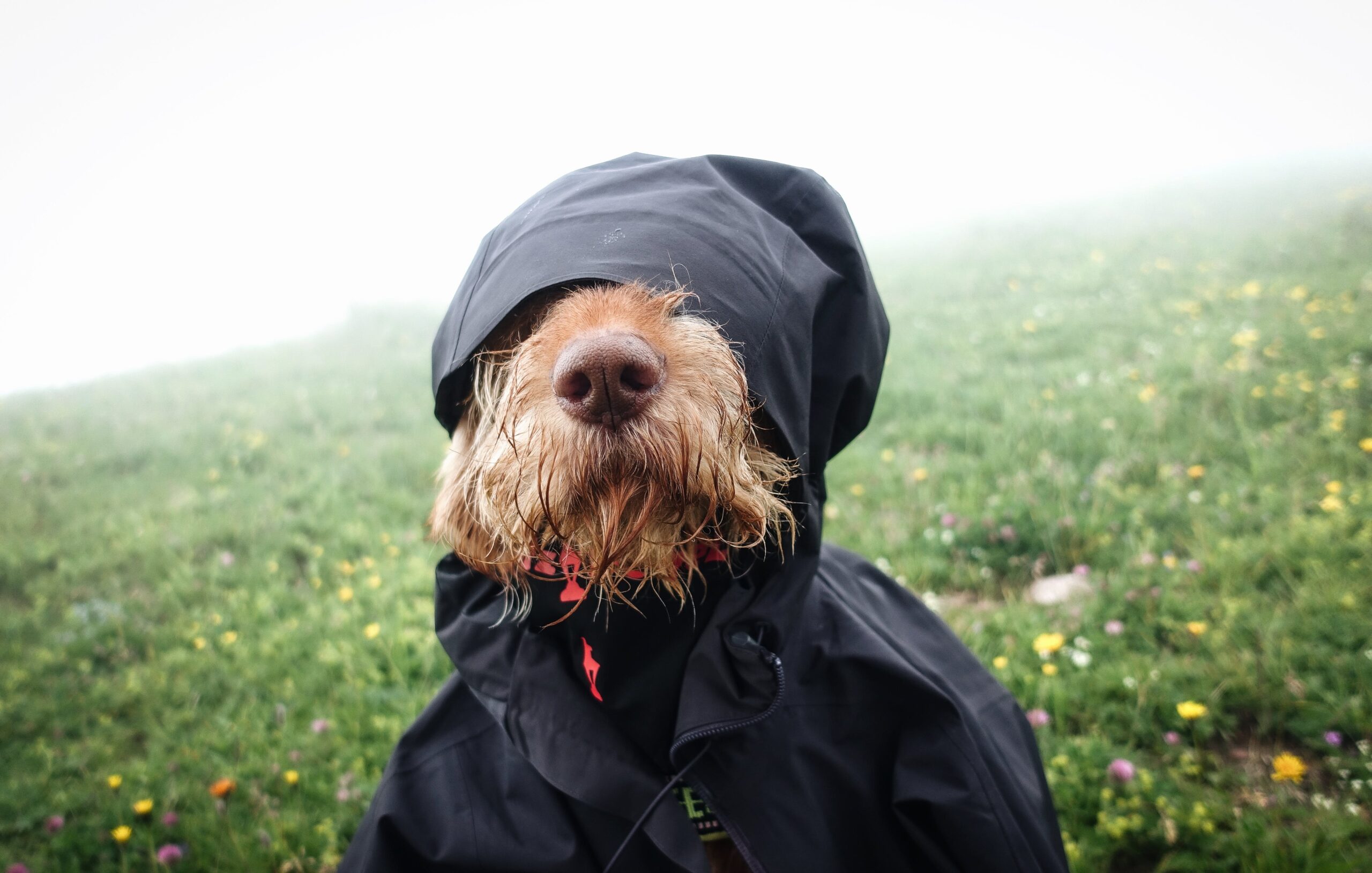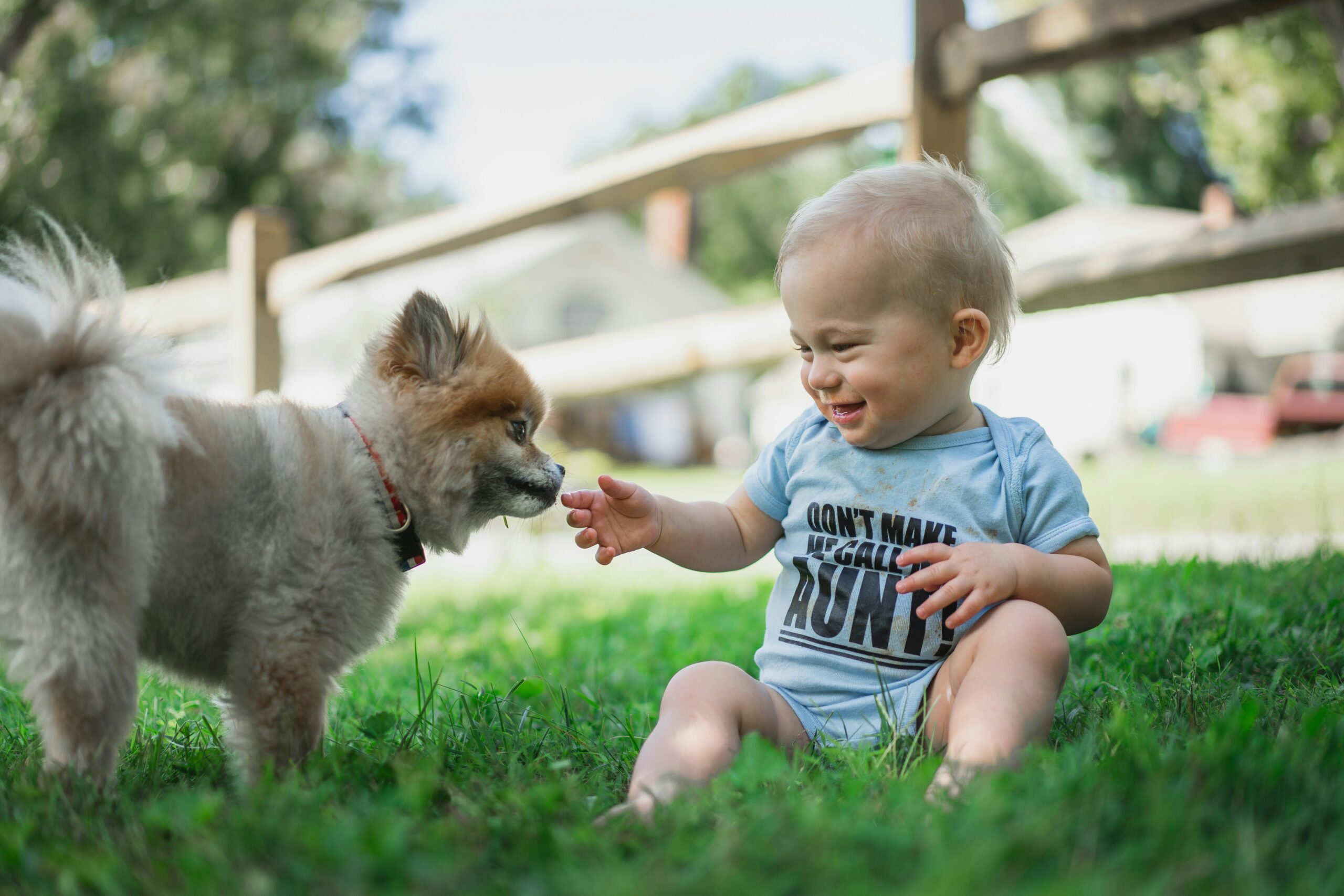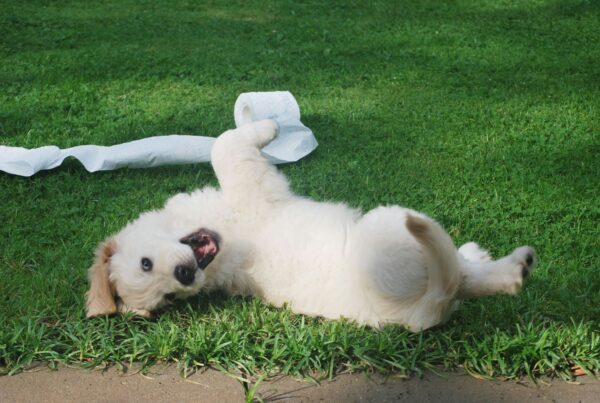There’s no guaranteed way of knowing how your dog will react to a different location or environment, especially if you’ve newly adopted your furry friend. Since dogs are creatures of habit, and most are territorial by nature, introducing them to an unfamiliar setting can cause them a great deal of stress. New sights, sounds, and smells will abound in the new home, which can make dogs fearful, anxious, and even aggressive as they adjust. With 2 million dogs moving into new homes each year according to the ASPCA, plenty of people must figure out how to make their new four-legged companions feel comfortable. Fortunately, by making your dog feel at ease during the transition with the following tips, you can ensure they are happy, content, and well-adjusted as quickly as possible.
Signs to Watch Out For During the Transition
Once your dog has officially arrived in the new environment, it’s important to be extra vigilant of their behavior and look for warning signs that they’re experiencing anxiety or stress. While making a big move wouldn’t make a dog ill, their stress can manifest as physical symptoms that may look like sickness.
Here are some of typical signs of stress your dog may display while transitioning to a new environment:
-
Barking
-
Whining
-
Excessive panting
-
Not being able to sleep or settle down
-
Hypervigilance
-
Digestive issues
-
Decreased appetite
-
Vomiting
-
Uncharacteristic aggression
Beyond these symptoms, your dog may also experience depression. According to the American College of Veterinary Behaviorists, many dogs get depressed after a major life change, such as a new baby’s arrival, a new pet being introduced, or a new move. They may experience similar symptoms as the ones listed above, as well as reduced interest in their favorite toys or activities and increased sluggishness. If these types of symptoms persist for more than a week, you may need to speak to a veterinarian to treat their depression.
How to Help your Dog Adjust: Our Top Tips
As a pet owner, it’s your responsibility to ensure your furry friend feels comfortable and quickly adjusts to their new home. There are several expert tips to follow to make the transition as stress-free as possible, including the following:
-
Do create a cozy, familiar space
Dogs like to have their own areas or zones that they can make their own. Designate a specific area for the dog that is set up with their bed, toys, and belongings. This little safe haven will provide a comforting and cozy space where they can retreat and feel secure in the midst of so much newness. Remember to keep in mind that they have a fur coat on (most of them at least), while others might require a blanket to snuggle in inside or sweater inside during the cold months.
-
Don’t buy tons of new dog gear
It’s natural to want to buy fun things for your dog when you’re a new dog owner, but try to refrain from doing so initially. Adding too many new things at once – in addition to a brand-new environment – will only overwhelm your dog. In the first few weeks, it’s best to keep things basic. This means incorporating anything the dog is already familiar with, like a blanket, old toys, feeding bowl, or bed, which the shelter, breeder, or former owner may give you.
-
Do give your dog lots of attention and positive reinforcement
As they settle into your home, your new pup will be looking to you for reassurance and love. Spending quality time with them in the new space by playing with toys, taking them on walks, and petting or cuddling them will show them that everything is okay. Also, reinforcing the dog’s good behaviors – such as giving them a treat when they explore a new room or praising them for being calm – will help them build a positive association with the home.
-
Don’t leave them home alone in the beginning
Most dogs, especially if you’ve newly adopted them, will be pretty sensitive to unfamiliar surroundings. As they adjust and ease into things, it’s a good idea not to leave them home by themselves. Try to wait as many days as you can before leaving them home alone. When you do have to leave them, it’s best to start with short departures if possible. It’s also a good strategy to leave them with something that comforts them, such as their dog bed or a bone to chew on (if it’s safe without supervision, of course).
Adjusting to a new environment can be challenging for dogs, and recognizing signs of stress as they adjust is crucial for their well-being. Practical tips such as creating a familiar space, avoiding an overload of new gear, and gradually introducing alone time can contribute to a smoother and more comfortable transition for your furry friend.
Photo credit: https://www.pexels.com/photo/dog-dressed-in-jacket-19321355/
Did you find this city dog content helpful? Share it with a friend or link it to social media. Enjoy short clips of silly dogs? Best dog training videos? Holistic puppy training tips? Follow us on instagram @nydognanny or on YouTube at nydognanny. Have some news you needs to get to dog and cat parents stat? Email info@newyorkdognanny.com with your article pitch.




